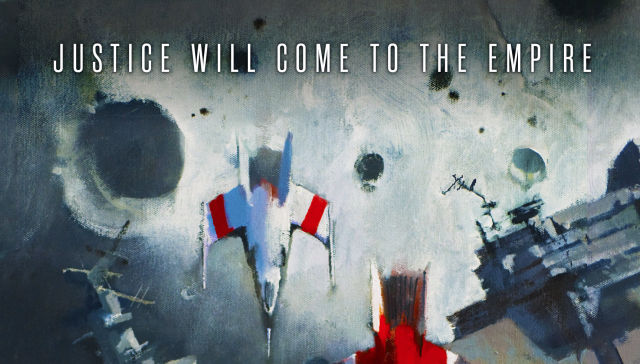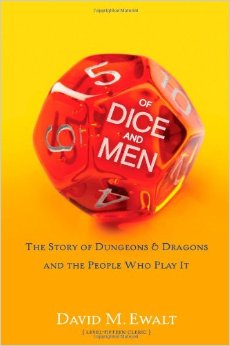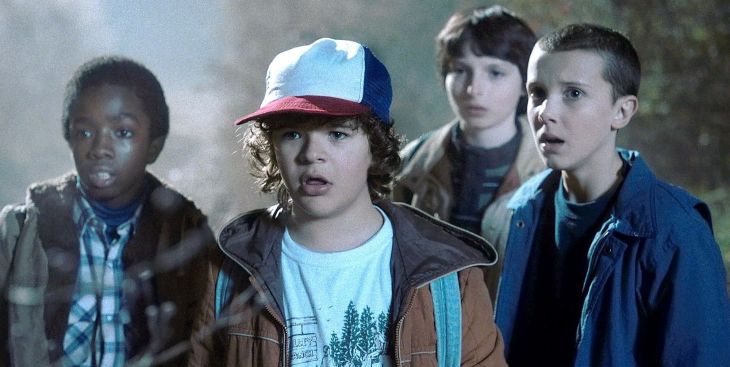
Ancillary Justice, by Ann Leckie, should not be described as another distant future space opera, although it operates within all of these categories. The book hurls the reader into distant space, where the Radche is an enormous, overwhelming empire, overseen by Anaander Mianaai and her multitudinous bodies are the Lord of the Radch. The reader begins to piece together the connections between two plot threads. In one, the mysterious stranger Breq, comes across a Radchaai officer, Seivarden, she had known a thousand years in the past, now slowly dying in the snow of a winter planet. Breq shows mercy to the young officer, and continues her pursuit of a legendary weapon. In the other thread, Breq is not using the name Breq, but is the collective consciousness of the spaceship Justice of Toren, as well as all its ancillaries.
These ancillaries are the idea that was so hard for me to wrap my head around at first, along with the collective consciousness behind them. Ancillaries of the Imperial Radch are, in fact, bodies killed during Radchaai annexations, then revived as automaton soldiers. Therefore, the ship Justice of Toren is aware not only of every individual within the ship (and the data from all their implants), but also is each of the ancillary units. The notable unit of ancillaries is in fact stationed on the planet Justice of Toren is orbiting during its annexation, Shis’urna, and are serving under the orders of Lieutenant Awn, who is trying to unravel a plot of sabotage in an occupied city before it spirals out of control. Justice of Toren, and its ancillary unit One Esk, seems quite preoccupied with this officer, and the way Leckie lays out this fondness and concern on the part of what is essentially an AI is masterfully done. This is all happening while the reader is still grasping how Justice of Toren thinks. One memorable moment in particular is when One Esk is standing near the lieutenant, and sees herself also outside of the temple in several locations around the lower city courtyard.
Slowly, the two threads of the plot reach towards one another, and we learn how the peculiar habit specific to Justice of Toren One Esk had – of collecting and singing various songs from all its visited planets and peoples and thousands of years – becomes crucially significant, and how this enormous starship AI was reduced to a single, frail ancillary body who took the name Breq. What happens if the connection between each of the ancillary units and the ship are cut off? What happens if the Lord of the Radch sneaks onboard, with secret orders for the ship that supersede even the ship’s captain? What happens to a ship if it grows fond of an officer, or even its captain, who then dies? What does it mean for a starship to lose its mind?

A couple other notes. I found the function of the Imperial Radch fascinating, as I did the Empire’s approach of assimilating all religions, and how Breq came to embrace them. I want to learn more about how that works and how it plays out across the sprawling Empire. I want to learn more about the ships, the Justices, the Swords, and the Mercies. Also quite well done, in my view, was how Leckie built a galaxy-spanning empire of people without a gender binary. I have to admit that I’m primed for this kind of society, being a teacher who uses Ursula Le Guin’s The Left Hand of Darkness annually to discuss gender – and to be honest I think Ancillary Justice does a far more satisfying job of carrying out the concept. The decision to use the female pronoun for all Radchaai citizens is certainly not perfect, but I think it was the best possible approach. Carrying the idea home is how Breq can never figure out pronouns when on a planet with a gender binary, the flipping of pronouns by others when regarding the officer Seivarden, and both of their obvious relief upon returning to a Radchaai region, when the binary no longer presents a puzzle. All of that works, it takes some time and effort but creates a non-binary society better than Le Guin did, even lacking a biological interlude, and it does it in a way that really doesn’t obstruct the plot. Once the reader figures out who is who (which is further complicated by these individual consciousnesses in collective bodies), everything else starts to click into place (in this io9 piece from a longer interview, Leckie talks about how she received early criticism for the pronouns, but was steadfast in her decision). Overall, I found this a wonderful book, and eagerly look forward to reading the second book of the trilogy.















